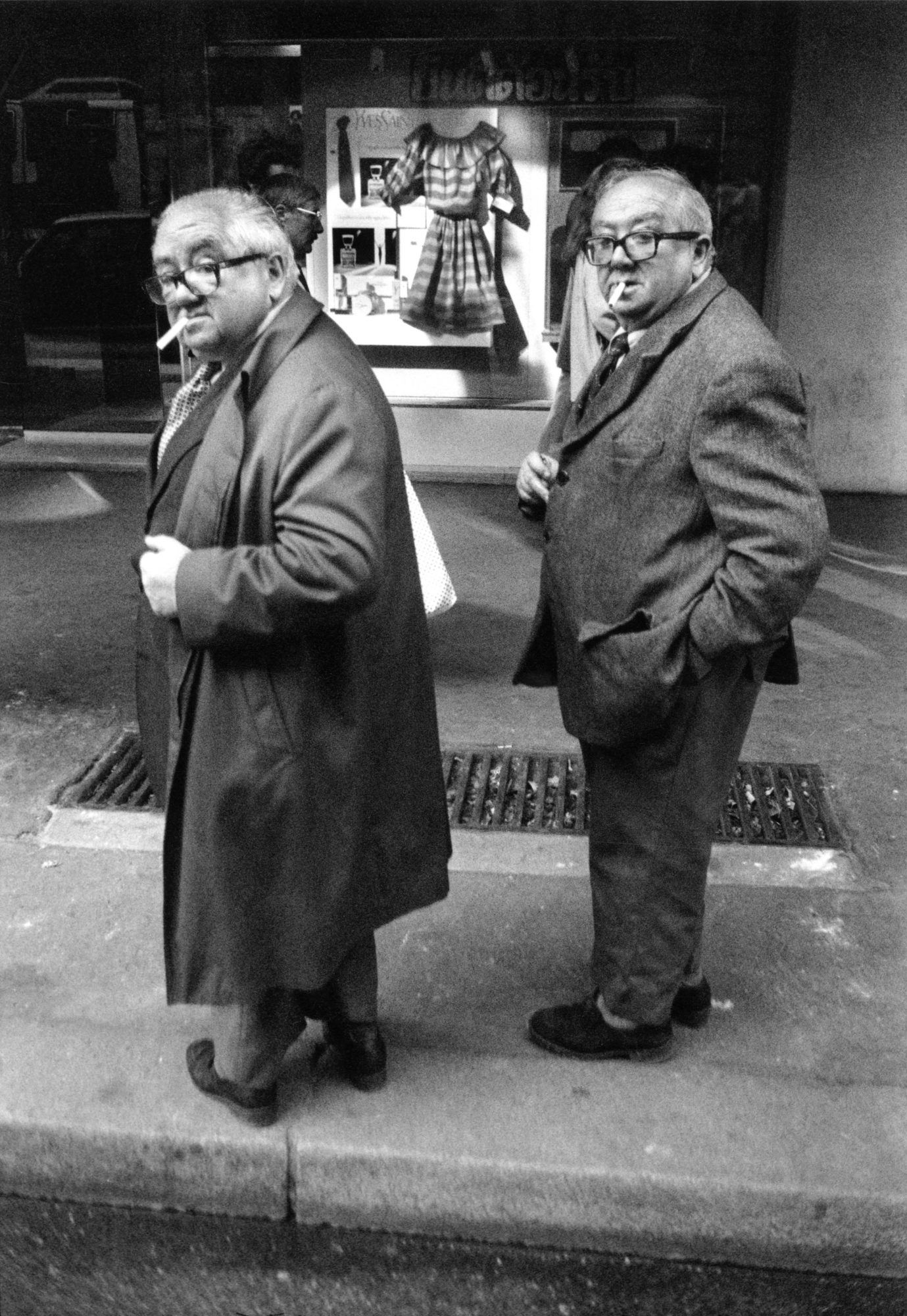The Snapshot
by François-Marie Banier
This text was written by François-Marie Banier, on the occasion of the release of the exhibition catalog Private Heroes held in Stuttgart at the Württembergischer Kunstverein from 27 November 1998 to 17 January 1999
Photo: Les jumeaux, 1981, Paris, by François-Marie Banier

